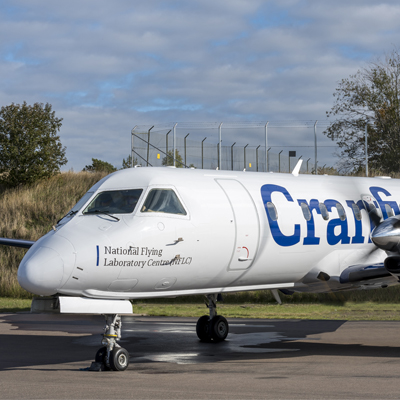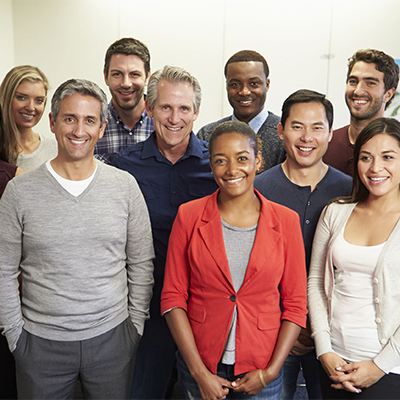Professor Nick Lawson is a Professor in Aerodynamics and Airborne Measurement at Cranfield University and heads up the University’s National Flying Laboratory Centre (NFLC). Alongside his commercial pilot’s licence, Professor Lawson is also one of the pilots for the NFLC – putting students through their paces and enabling them to experience for themselves various flight tests and manoeuvres, including the infamous ‘Dutch roll’.
So, what does a typical day at work look like for Nick Lawson – and what made him want to become a pilot in the first place? Check out our interview and get to know him a little better.
Did you always want to be a pilot? What was your career path?
I hadn’t actually thought about learning to fly until I got to Cranfield. I’d been in some small aircraft, and obviously you go in aircraft for holidays, and I was always interested in what pilots did – but it wasn’t until I got to Cranfield that I saw the opportunity to start to learn to fly. That led to me getting my commercial licence. I was at a point where I nearly left academia to go and do a pilot’s job, but Roger “Dodge” Bailey (former NFLC Chief Pilot) saved me and gave me a job in the NFLC.
What was it like to fly an aeroplane for the first time?
I went for a trial lesson at Cranfield at one of the flying schools. The instructor wouldn't let me do very much, but finally we took off and we went off to the local area. I hadn't even touched the controls at that point, but I was interested in what he was doing. And then he handed control to me - I flew the aircraft for a few minutes and I thought: “I quite like this.” It was at that point I thought: “yeah, I'm going to get a license.” It was that instant.
What does your current job involve?
My role involves management, flying, research, and teaching. Being the Head of the NFLC and having a job which involves flying implicitly involves a lot of paperwork and management. We’re also introducing the new Flying Classroom, Saab 340B, to Cranfield and that involves a lot of management and paperwork.
I love the variety of the job. You can fly one day, be doing some research the next day, and teaching students the next week. And then, pre-Covid-19, you could be flying somewhere up in the North of England and the next week you can be going to Holland for a research meeting.
What’s your top flying tip?
Look outside. Always look outside. People have a fixation on looking at “stuff”, which means they're not looking outside. You see this when you take some of the students flying, you see that their compulsion is to look inside - you've got a moving screen, two colourful screens ,and all the instruments. But to me, flying is about looking outside - you fly the airplane and you look outside. If you're flying for work and you're in a cockpit you get the best view!
What's the best flying advice ever given to you?
Always know when not to fly. And I think that was a bit of advice from Dodge Bailey. When I started flying on instruments, Dodge did an examination based on that. I passed the test and I do remember him saying to me afterwards: "Yeah, you did a pretty good job there." But I was not that experienced as a pilot, and he said, "Now you've got this on your license, the harder thing for you is to know when not to fly, because you might look at the weather and think, oh, I can go and fly on instruments, that's fine. I'll go flying. But it's about making a decision not to go.” That's where you have a really good pilot in my eyes.
Who's your aviation inspiration?
If you go back a long way, it'd be Lord Cayley because he was the first one to come up with ways of starting to understand aerodynamics and that's a few hundred years ago. More recently it's more about what companies do, the development of Concorde I think was a major achievement. The formation of Airbus was a major achievement in Europe and they're pretty inspirational for engineers - they're not specific people, but it's where the organisation has taken aviation.
Pre-Covid-19, what's been the biggest change in aviation you've seen during your career?
The biggest change is probably people's environmental awareness in regard to aviation. I think that has changed substantially over the last two to three years. It’s not just researchers, but pilots and airlines, funding agencies, and industry - they are now wanting to do something about it. Some are lot more advanced than others, and I think that's a good thing. I think it's pushing the whole agenda forward, which is what we need to do, because if we don't address the environmental impact of aviation, we won't have any aviation at all.
Find out more about the National Flying Laboratory Centre, and Cranfield’s ongoing campaign to replace the Jetstream 31 aircraft with a Saab 340b to continue to deliver world-class aerospace education and research.

